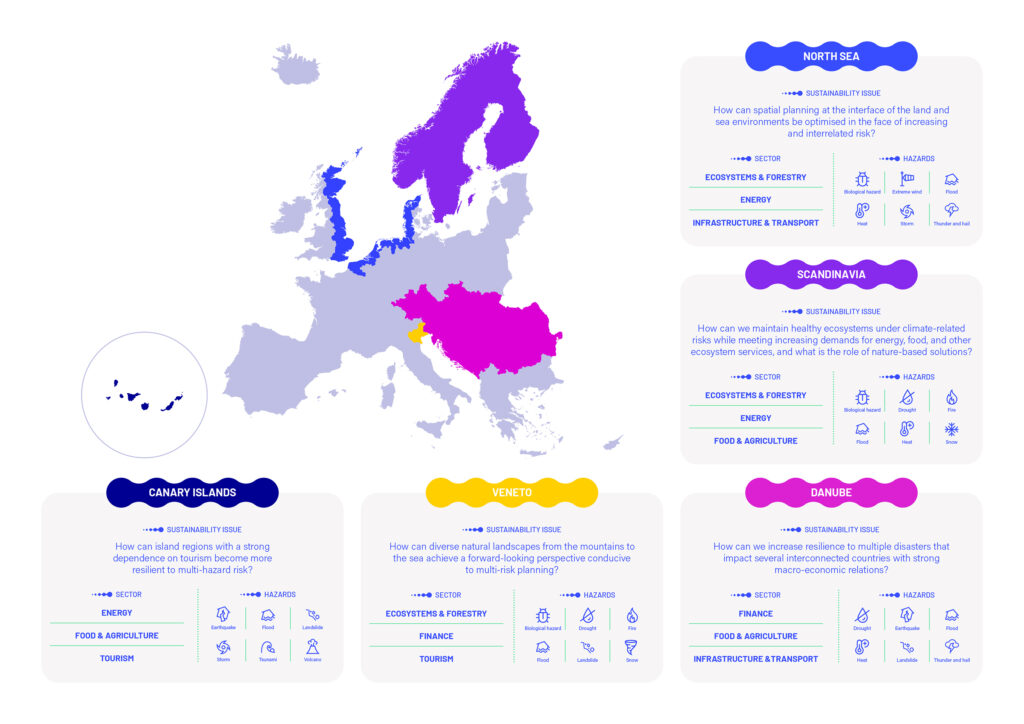
Challenges in assessing and managing multi-hazard risks: A European stakeholders perspective
Recent events in Europe show that multiple hazards are happening more often, making it urgent to develop strategies to handle them better. While we have made progress in understanding these events, traditional methods still mainly address single hazards like floods, earthquakes, and droughts. This often overlooks the wider needs of everyone affected.
To address this complex issue, a recent study led by Dr. Robert Šakić Trogrlić and the MYRIAD-EU researchers identified five main challenges for managing multiple hazards in Europe. The biggest problems are governance and knowledge, followed by the existing practices, difficulties in applying scientific findings to policy, and lack of data. However, the study also suggests ways to improve multi-hazard risk management.
To identify these challenges, researchers held workshops with stakeholders in five European regions—the Danube Region, Veneto Region, Scandinavia, North Sea, and Canary Islands—along with an expert workshop. This collaborative effort identified obstacles to effective multi-hazard risk management and set the stage for future strategies to build resilience.
The five key challenges identified are:
- Governance: among others, poor coordination between different agencies and levels of government hinders effective multi-hazard management.
- Knowledge gaps: there is a lack of understanding about how different hazards are connected and their impacts, along with insufficient data on past events.
- Existing Approaches: Current disaster management systems are mainly designed for single hazards, not multiple ones.
- Science to Policy Translation: there’s a gap between academic research on multi-hazard risks and its practical application in policy and management.
- Lack of data: limited detailed data on multi-hazard events and their impacts makes effective risk assessment difficult.
Looking ahead, researchers recommend new methods for understanding multiple hazards, developing shared terminology, and creating a comprehensive framework for multi-hazard risk assessment and management. Promoting multi-hazard risk thinking within broader development goals is essential to overcoming these challenges.
Check out the full article here.
